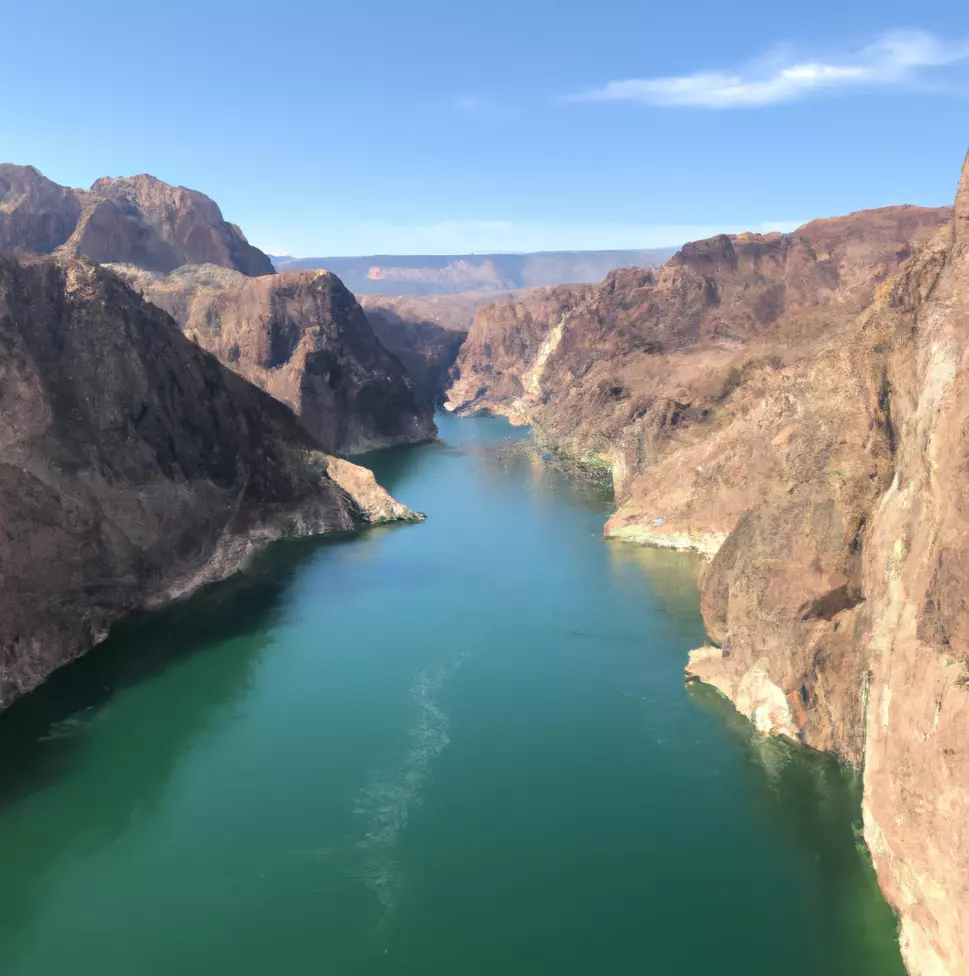Blog > Arizona's Water Supply: A Comprehensive Look
Arizona is known for its rigorous water conservation efforts and has the legal and physical infrastructure to maintain a 100-year assured water supply to meet the current and future needs of residents and industry. Thanks to the 1980 Groundwater Management Act, Arizona currently uses less water than it did in 1957 due to increased conservation methods and a decrease in water used for agriculture. The state also has five times more water stored than it uses and has never mandated municipal or residential restrictions on water use.
On Monday, Aug. 16, 2021, U.S. officials declared the first-ever water shortage from the Colorado River that will cause Arizona to take an 18% cut starting in 2022. However, this will not impact municipal or residential uses. Arizona has the junior water position along the Colorado River and that’s been the case since 1968 when the Central Arizona Project was authorized. Because of our long-standing position, we have been prepared for decades and implemented long-term planning and solutions.
Arizona has a multi-faceted portfolio of water supplies with the most advanced program for managing groundwater in the country. Our vast aquifers allow us to access water during times of drought, and we’ve been prepared for decades for shortage declarations. It is unfounded to group Arizona in with other Western and Mountain West states when it comes to the shortage along the Colorado River because we’re far less reliant than competitor markets. Only 36% of the Arizona water supply is provided by the Colorado River. Nevada is 100% reliant, 60 % for California and 30-40% for Colorado. In comparison - Arizona is the absolute dominate leader in diversified water souces.
Arizona has 13.2 million acre-feet of water stored in reservoirs as well as underground, with 7.1 million acre-feet of that total stored in Greater Phoenix. Because of the infrastructure in place, we can pull and replace water as needed, making our water supply more resilient during times of drought.
Advanced manufacturing and data centers also play a role in Arizona's water usage. On average, semiconductor fabs recycle and reuse 75-85% of the water expended during the manufacturing process, with many companies exceeding this mark, and industrial use only accounts for 5% of Arizona’s annual water usage. Data centers currently reuse about 30% of their water, but that doesn’t account for the water supplies that are not consumed at the facilities themselves. Partners such as SRP and the University of Arizona are working together on studies and solutions around data center water use, reuse, and alternative cooling processes that will make these facilities more sustainable in the long-term.
Looking to the future, the demand side is not insurmountable, but ongoing investment in infrastructure to ensure the availability of natural resources including water is paramount in relation to Greater Phoenix’s ability to attract continued investment from semiconductor and advanced manufacturing firms. SRP is working with the Department of Reclamation to modify Bartlett Dam to increase storage capacity to 100,000 acre-feet for utilization, which will service nearly 100,000 people. Currently, Roosevelt Dam can capture 3.4 million acre-feet of water, but not all of it is available for use. SRP is working with partners to be able to produce 300,000 acre-feet of water for utilization.
When it comes to real estate in the Phoenix area - there are certain areas that have been or could be cut off from water supplies due to a lack of proper development and permitting. It's always important to do your due diligence before purchasing to understand where the water source for your future property comes from.
You can contact The VanAssche Group Real Estate Team at 480-588-8288 to discuss your future property needs and get guidance on where to look to ensure you have that coveted "100 Year Assured Water Supply". You can also email Broker Associate/Team Lead David VanAssche, David@PhoenixAreaHome.com



